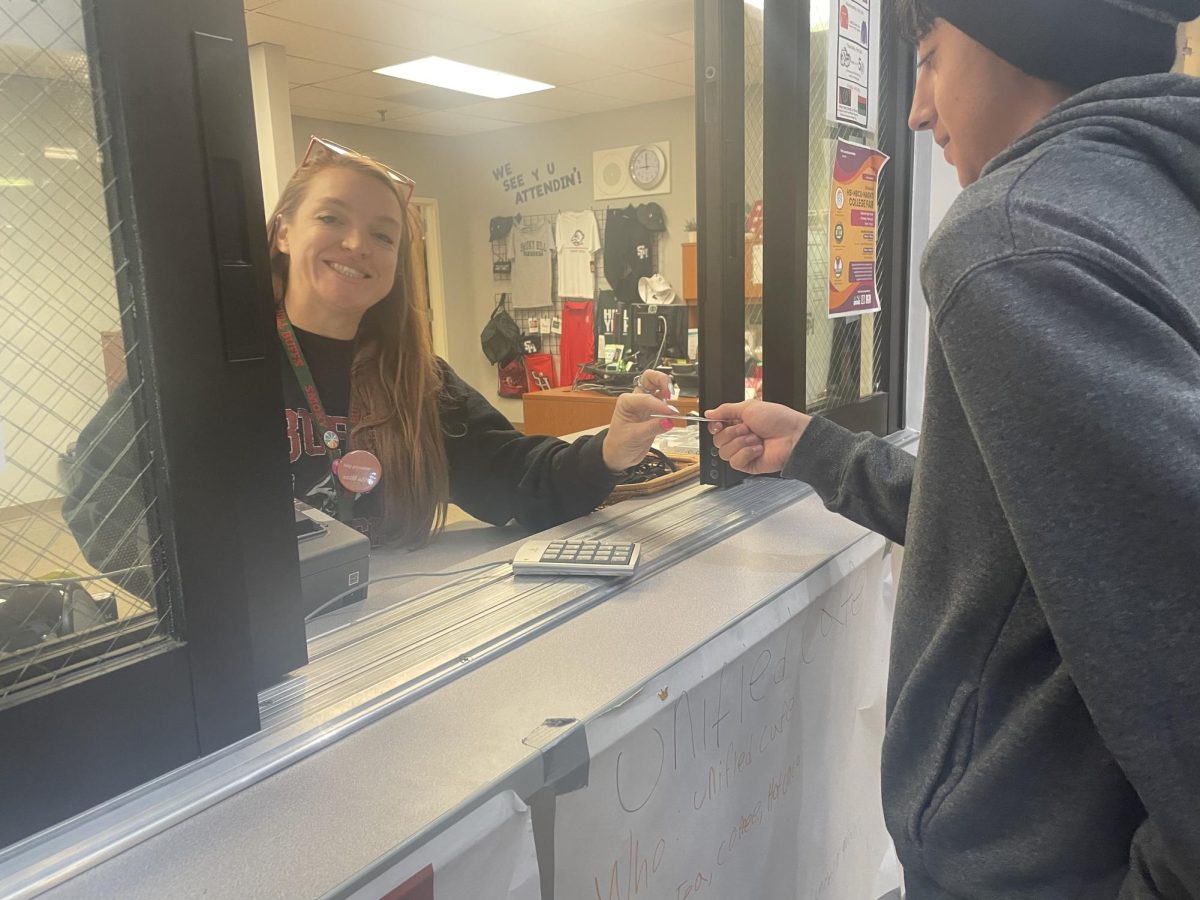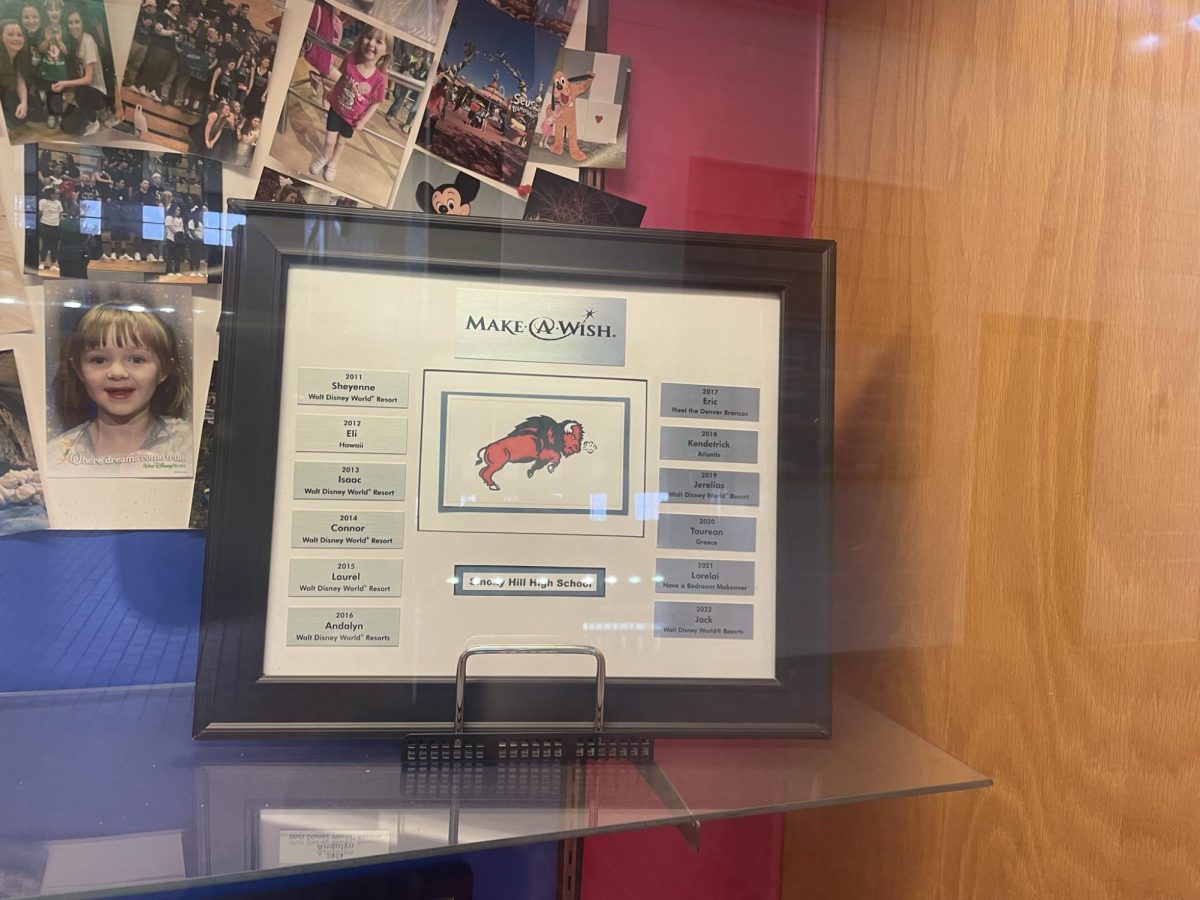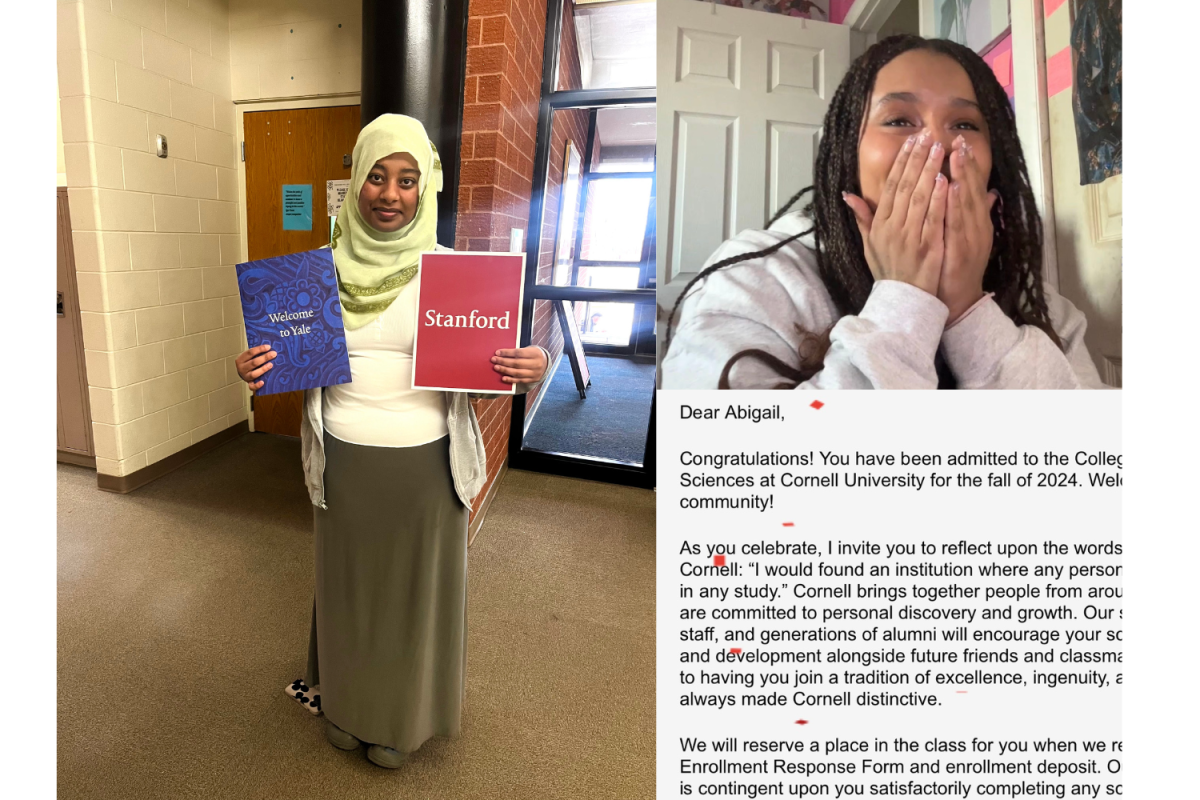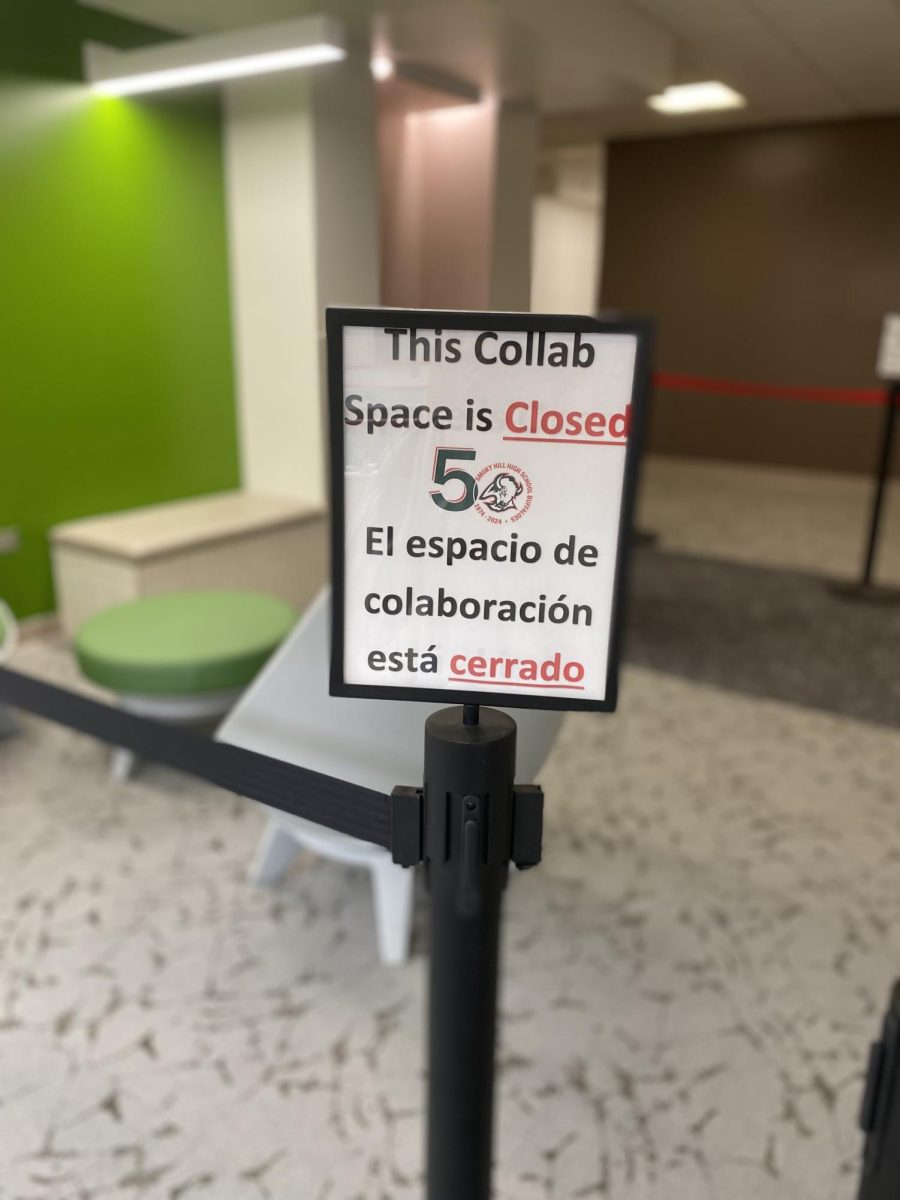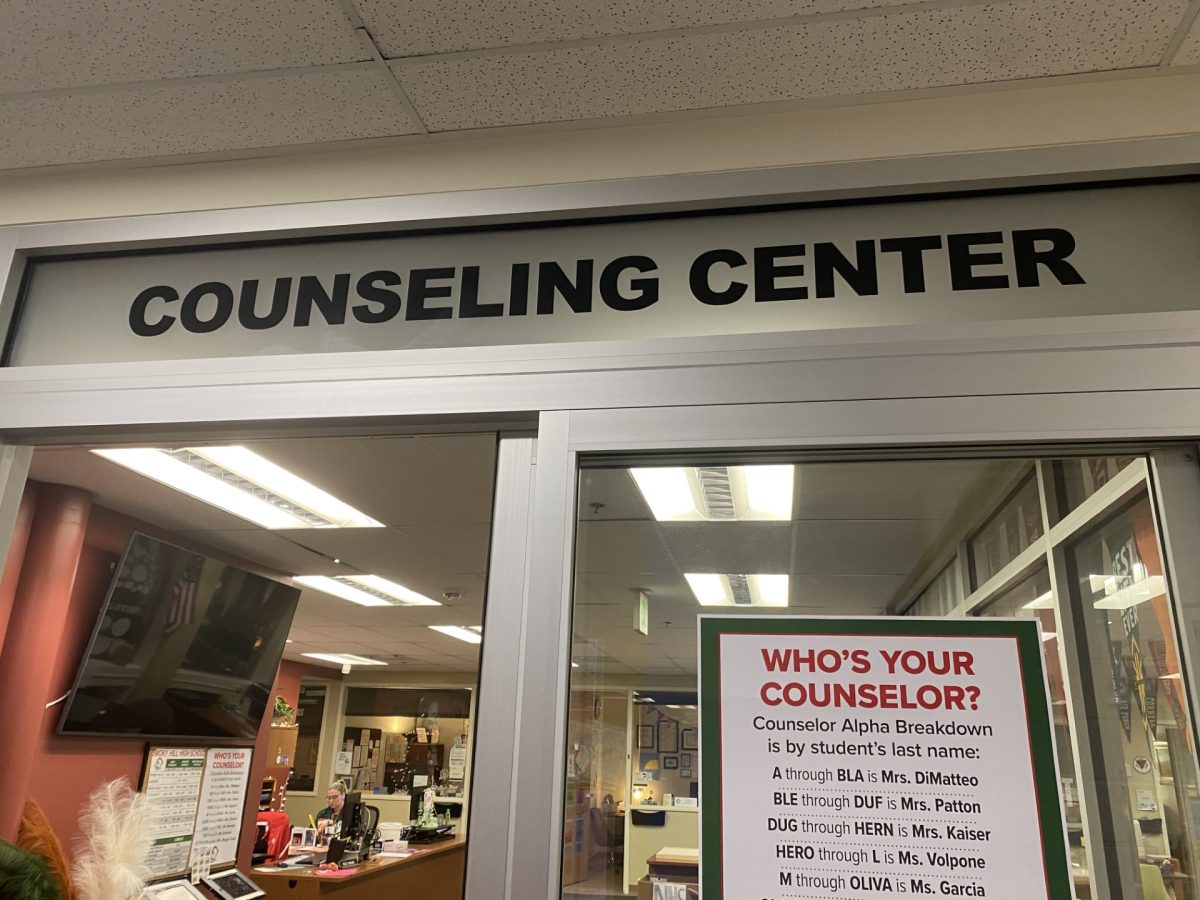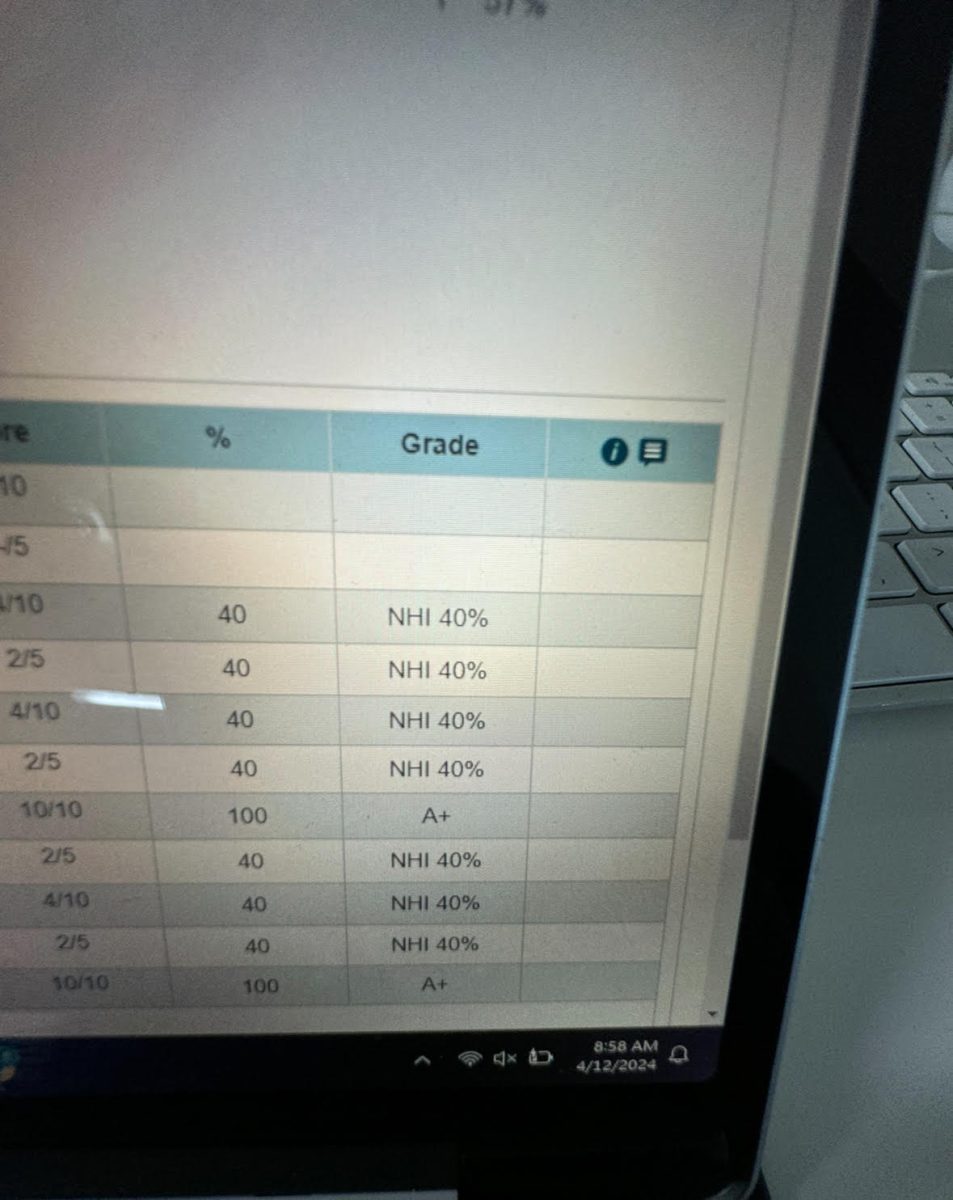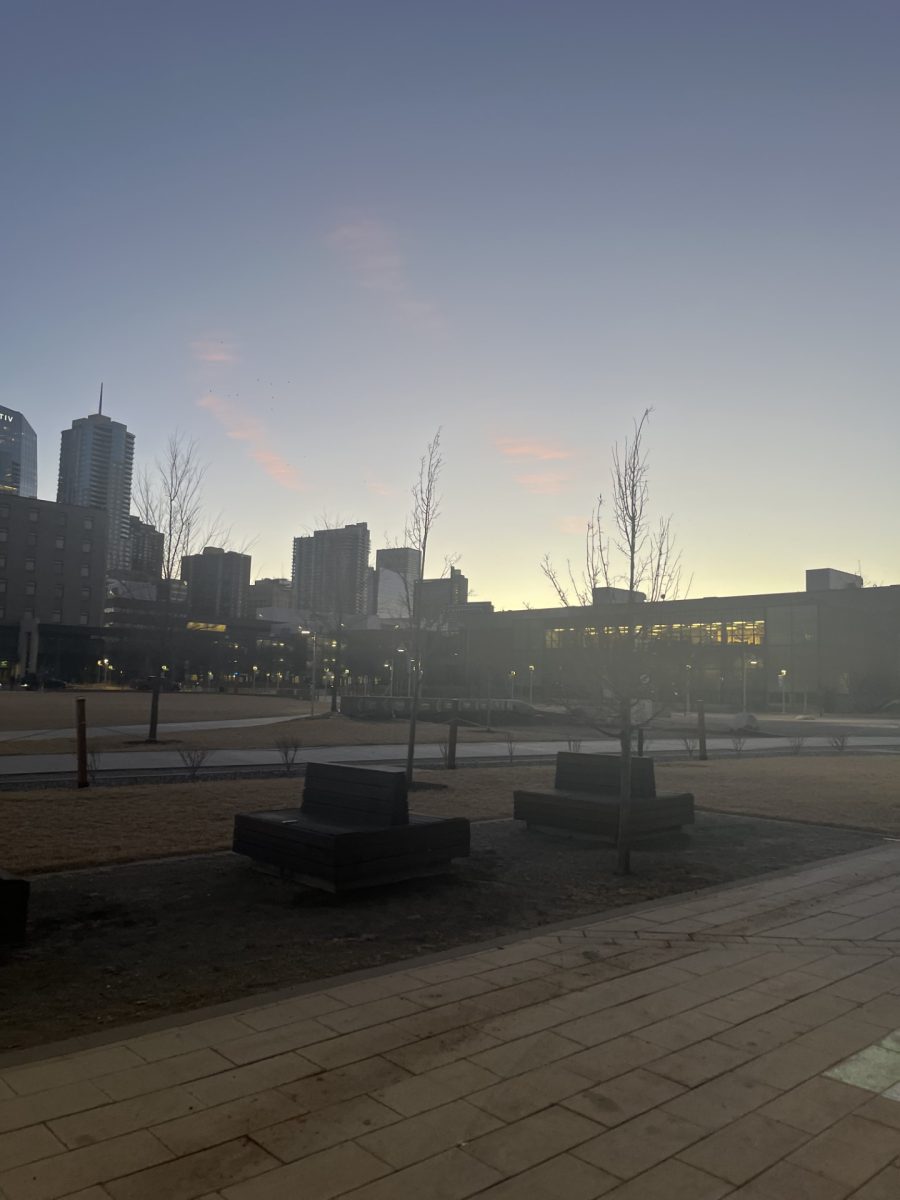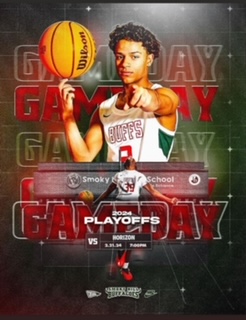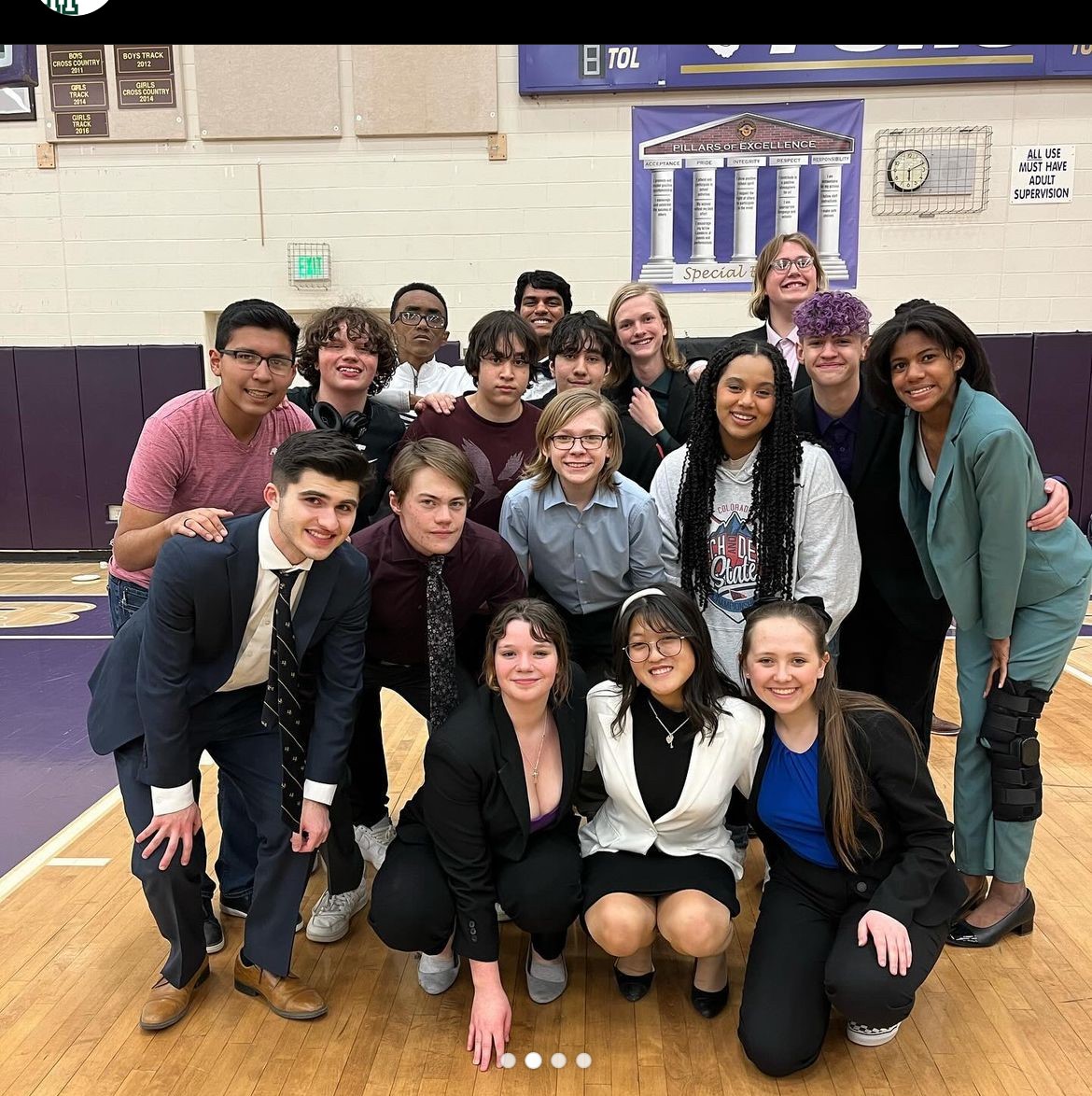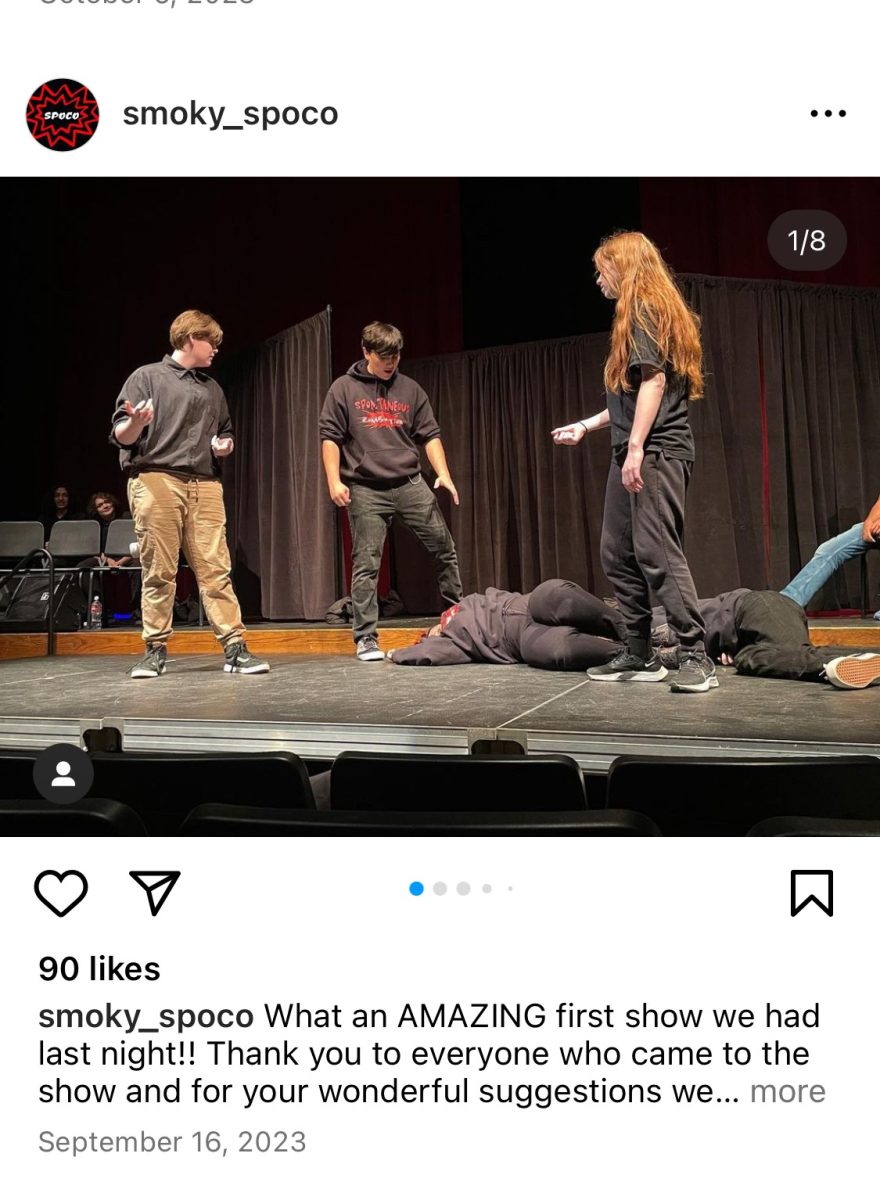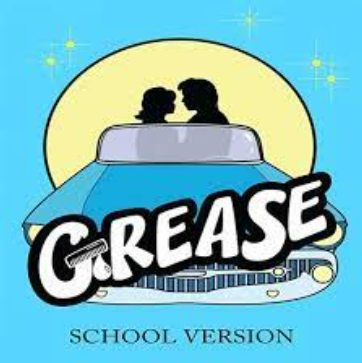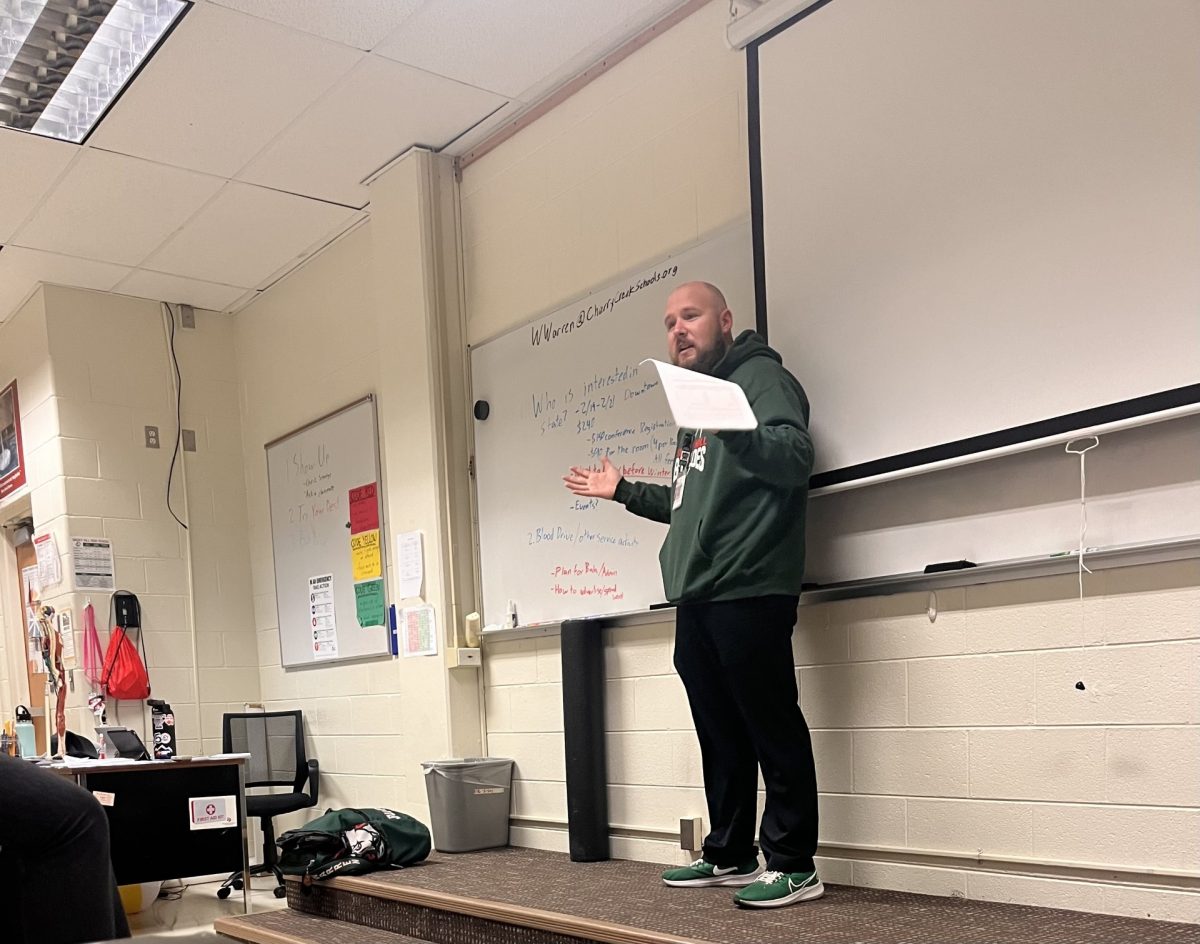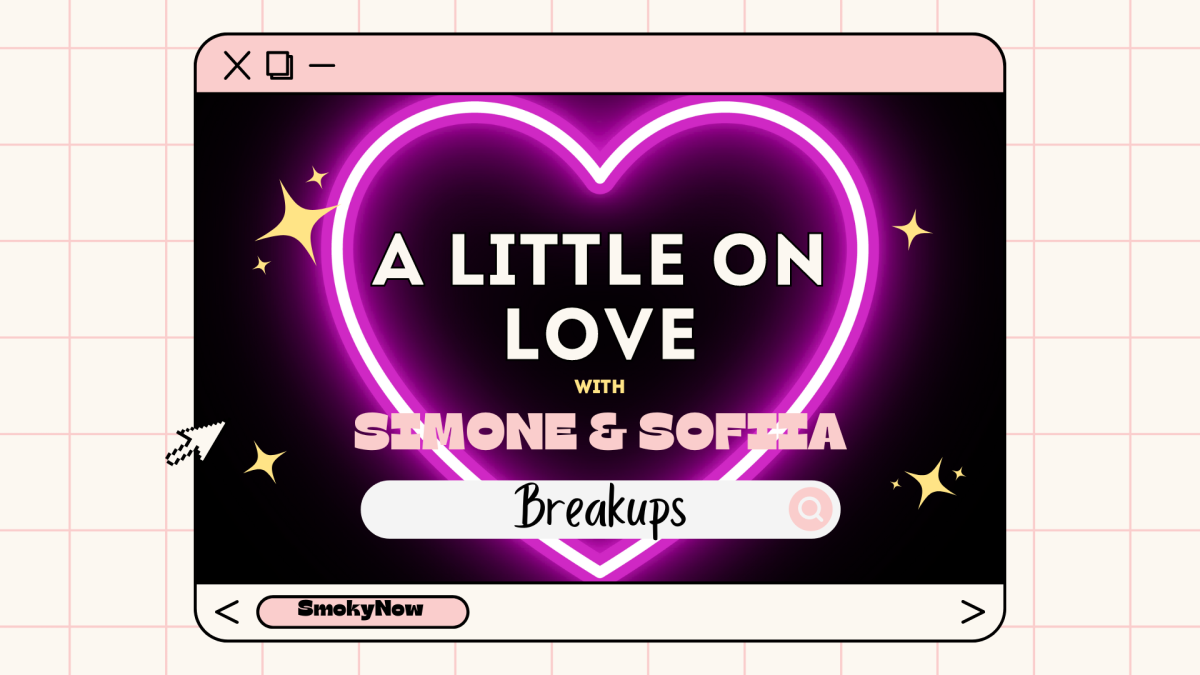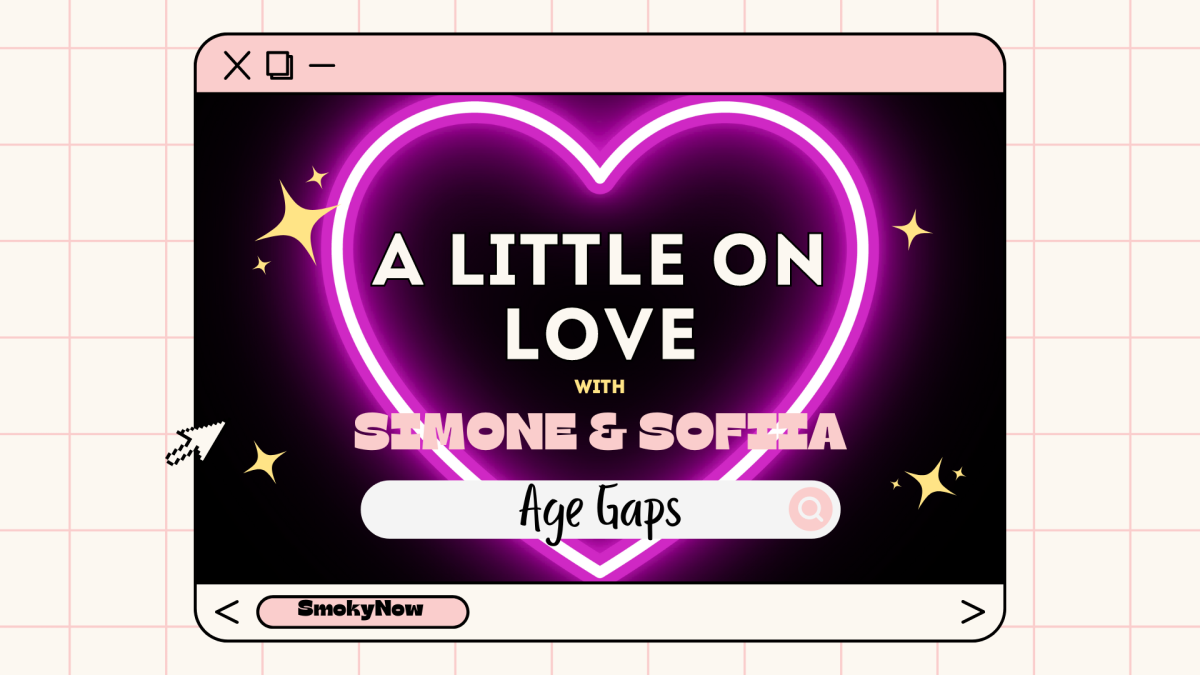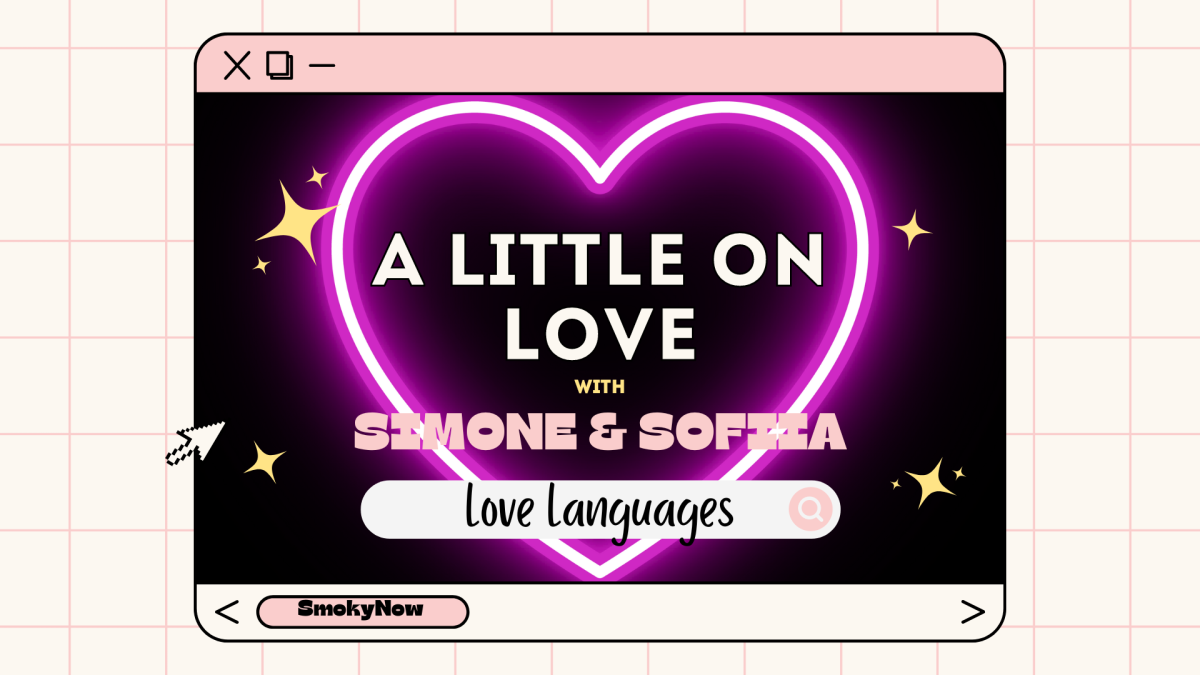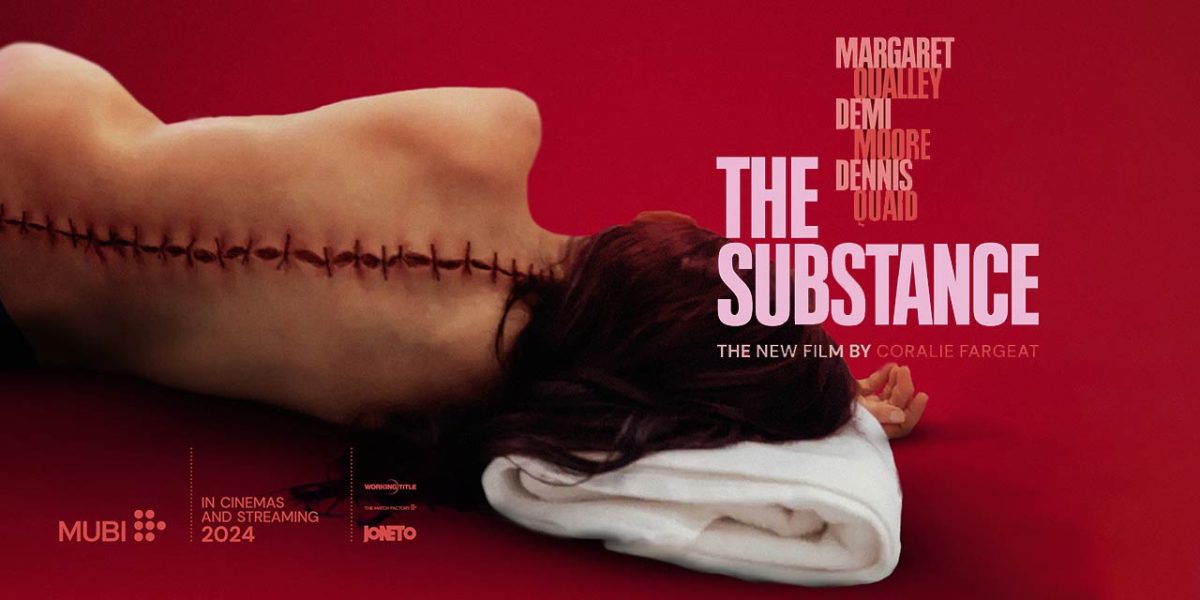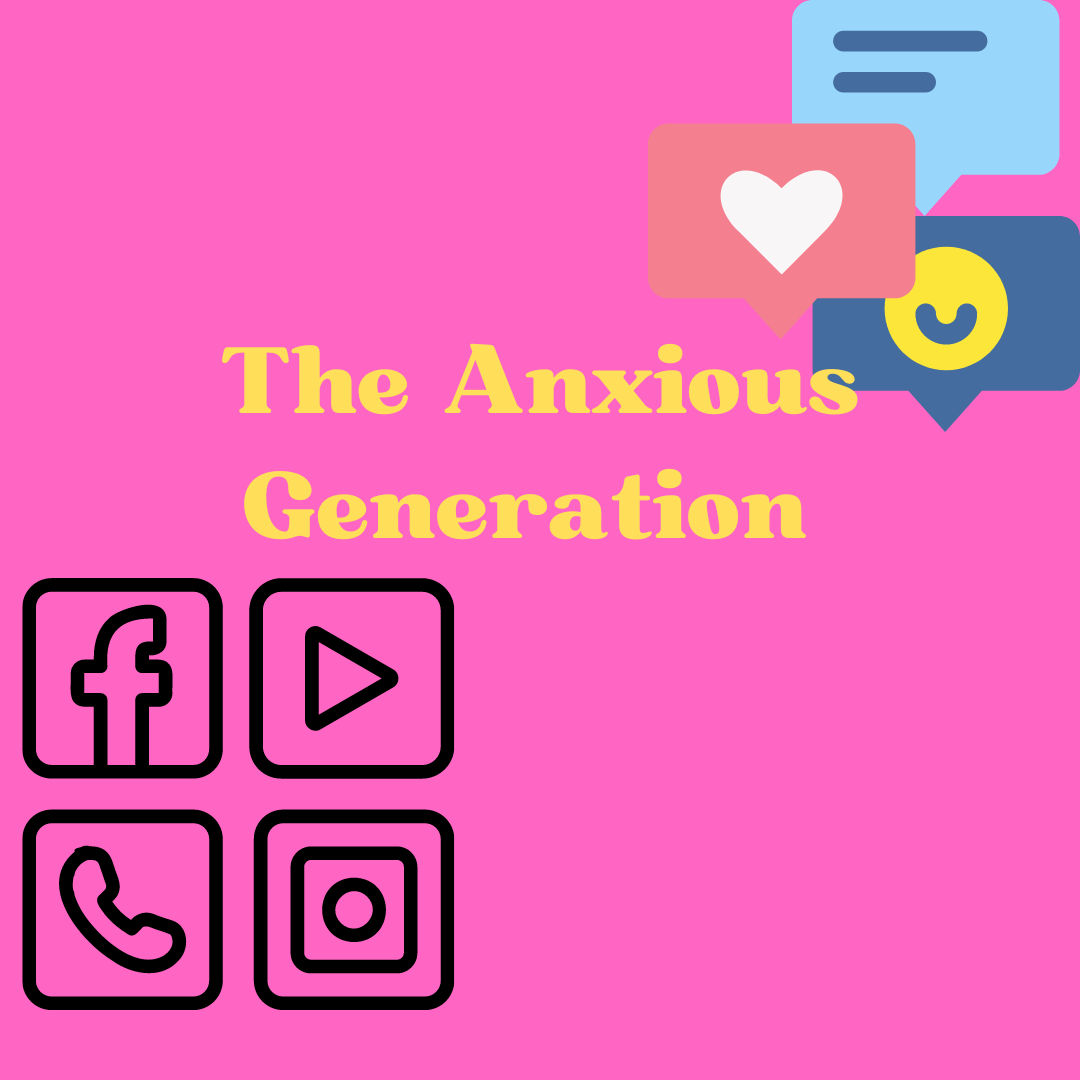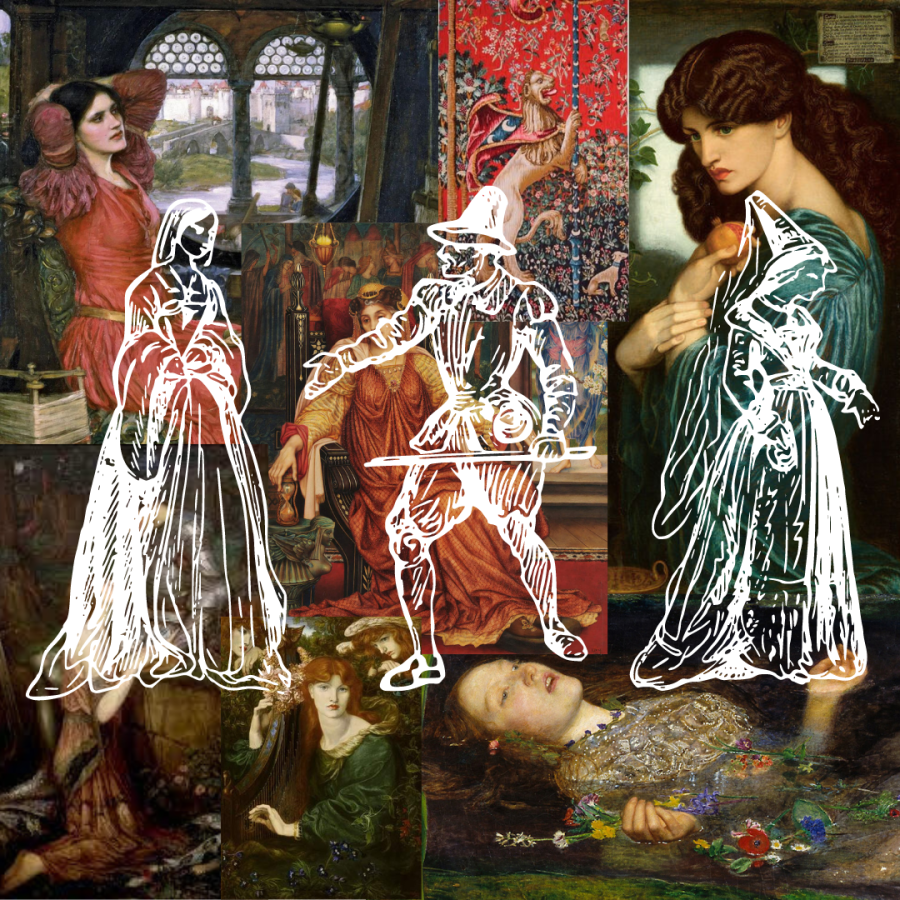The Modern Medieval: Fantastical Fashion and Cultural Immortality
A deep dive into Medieval fashion inspirations throughout history and their constant influence on societal trends
May 7, 2023
Sun-dappled emerald forests brimming with mystical fae, valiant knights, and malevolent lumbering dragons tormenting royal damsels within ivy-covered towers reaching to the heavens, the Middle Ages have become notorious for romping in the romantic.
Spanning 1,000 years, the Medieval era has largely been adopted as a time of fairy tales and adventures. But despite this posthumous reputation, these conceptions regarding the Medieval may not be entirely authentic. History has always been a study largely open to constant interpretation and the evaluation of the Middle Ages, specifically in the Victorian era, is not an outlier.
The Pre-Raphaelite art movement and Romantic eras are perhaps the largest proponents of the appearance and culture that Medieval fashion has taken on today, with the movements taking inspiration from, but not necessarily holding true to the traits of the actual period, Arthurian legends and allowing the ancient renew the public imagination.
This shift in attention is most often attributed to the intense quickening in the progression of technological and societal advancements during the turn of the century, which acted both as a gleaming beacon of the future and a daunting move away from the familiar and comfortable past. With these shifts awoke a distinct yearning for the natural and simple nature of times before, erupting forth within art, literature, and general popular culture of the 19th and 20th centuries.
Artists such as John Everett Millais, John William Waterhouse, Dante Gabriel Rossetti, and Evelyn De Morgan all prioritized enchanted and whimsical motifs and methods in their works, paving the way for the widespread popularity of the mythical Medieval found in fashion books and museums across Victorian Britain.
These foundations created the original Medieval revival, with, mostly British and French, women of the early 20th century wearing these fantastical fashions to masquerades and formal costume parties. As well as costumery, later practical fashions included direct references to actual medieval wear, from front button patterns on dresses to evening capes.
Medieval fashion in the 20th century, while having a significant influence on technical garment construction, did not become entirely embroiled in popular day-to-day dress as a literal style, more so taking on the role of a pivotal societal undercurrent in clothing of the period. But, two eras that famously took the inspiration in a bolder more blatant direction were the 60s and 70s.
Known for the rise of subcultures in response to changing societal dispositions, the 60s and 70s have become iconic for pioneering fashions such as ‘Mod’ in response to the increased focus on futurism during the space age, a time reflecting the rapid change seen during the Industrial period of the Victorian era. But, as Mod fell into the mainstream focus once more shifted to the past.
From art nouveau, prairie, and peasant fashions to the Romantic era itself, the 60s and 70s embroiled themselves completely in an “age of revivals”. Shifts in the music industry gave way to more fashion-backward sensibilities, specifically those of the Middle Ages, found in photoshoots and stage costuming for varying musicians as well as the sound of the music which they played, with folk quickly rising in popularity during the era. Playing around with classic lyrical themes and rhythms attributed to the Middle Ages, the 60s and 70s music scene painted a portrait of an era of happiness and joy, greatly influencing the incoming trends.
Combining Mod’s bright and illustrious colors with these musical costumes and aesthetics, all channeled through “psychedelia” a culture of hallucinogenic drug use and its effects on the mind and world around you, the Medieval came swinging back in full force.
Popular culture was once again looking back to naturalism, spiritualism, and the romantic, drawing an obvious line back to the Medieval look established by the Pre-Raphelaites but retaining the bright colors and shorter silhouettes of Mod and its psychedelic descendent. All these components crafted a distinct and original take on the era which has become not only iconic but also one of the main inspirations for later Medieval revivals.
The 90s and early 2000s brought back the look once more but in a darker more gothic way. Witchcraft had long become synonymous with fairy tales, which themselves had of course become associated with the Middle Ages, and the 90s rise in witch-related media such as Buffy The Vampire Slayer, Halloweentown, and The Craft created a Medieval aesthetic doused in darker colors and original 80s goth inspiration.
This 90s look was the forefront reference for the most recent revival of the Middle Age look: Whimsigoth. Incorporating celestial elements, dark velvets, and feminine silhouettes, ‘whimsigoth’ is most aptly described as “90s-does-70s” (Maranda Vandergriff), clearly outlining the culmination of past aesthetics to create a new, but still distinctly vintage, style.
The evolution of the Medieval in fashion holds an obvious connection to the cultural and political climates in which it most adamantly appears, with the regression to the past often signaling the fear of an uncertain future. But it is also a way for people to pay homage to an influential and beautiful past, to keep in relevance those who have come before, and help carry them on into that dauntingly glimmering future.


